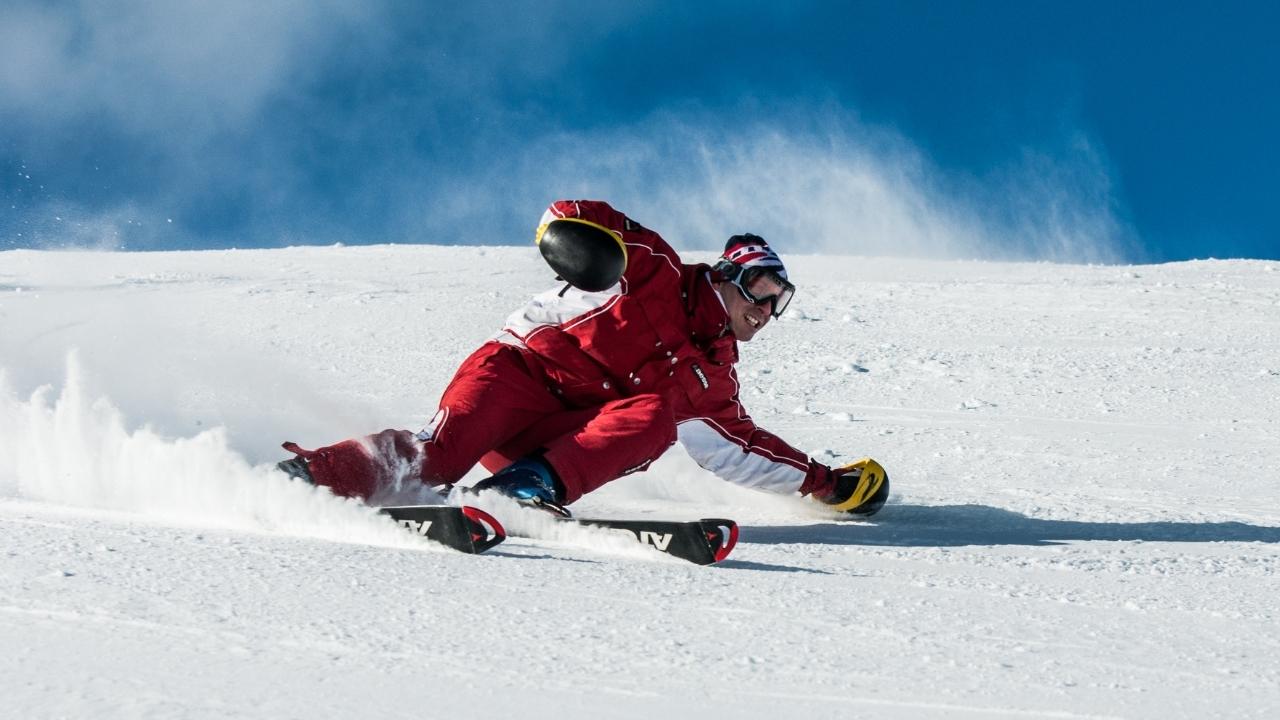Fitness Meets Frost: How To Train For A Ski Holiday

There’s a certain thrill that comes with planning ski holidays – the crunch of snow underfoot, that first glide down the slope, and the joy of après-ski with friends. But to truly enjoy your time in the mountains and avoid injury, preparing your body is just as important as packing your kit. Skiing isn’t just a winter sport – it’s a full-body workout that demands strength, stamina and agility.
Understanding Ski Fitness
Why It’s Different from Regular Exercise
Skiing is a unique combination of cardio endurance, muscular strength and dynamic balance. You’re often engaging your core, legs, and stabilising muscles simultaneously, and for hours at a time. If you’re not prepared, even a half-day on the slopes can leave you sore, exhausted, or worse, nursing a pulled muscle.
Training for ski holidays is about more than just hitting the gym. It’s about building functional strength and stamina that mirrors the movements and demands of skiing. That way, you’ll ski longer, feel stronger, and recover faster.
Key Muscle Groups Involved
Skiing primarily targets:
- Quads and glutes – for holding the skiing position and powering turns
- Hamstrings and calves – to stabilise and support quick movement
- Core muscles – for balance and posture on uneven terrain
- Lower back and shoulders – especially if you’re carrying gear or skiing with poles
It’s also worth considering your grip strength, particularly for snowboarders or those navigating icy lifts and carrying ski bags.
Training Smart – What to Focus On
Build Strength Where It Matters
For the legs and glutes, exercises like squats, lunges, and step-ups should form the foundation of your workouts. Focus on slow, controlled movements to build both strength and joint stability. Try:
- Bodyweight squats – 3 sets of 15
- Walking lunges – 2 x 20 steps
- Glute bridges – 3 sets of 10, squeezing at the top
Add resistance as you progress, using dumbbells or resistance bands for extra challenge.
Boost Endurance and Stamina
Skiing can be a long day’s work, especially at altitude. Cardiovascular training helps your body use oxygen more efficiently and delays fatigue. Aim for a mix of:
- Steady-state cardio (cycling, swimming, jogging) – 30–45 minutes, 2–3 times a week
- High-intensity intervals – such as hill sprints or rowing machines for short, powerful bursts
Don’t forget to simulate hill conditions where possible – treadmill inclines or stair climbs are great prep.
Improve Balance and Coordination
Balance isn’t just about staying upright – it helps you shift weight smoothly, respond to changes in terrain, and avoid injury. Great balance also makes skiing feel more fluid and natural.
Include exercises like:
- Single-leg stands with eyes closed
- Balance board or Bosu ball squats
- Lateral hops – mimic the side-to-side movement of skiing
Even practising basic yoga can help with mobility, coordination, and body awareness.
Don’t Neglect Core Strength
Your core connects your upper and lower body which is crucial when twisting, turning, and holding yourself steady on skis. A strong core improves both performance and posture.
Effective moves include:
- Planks (front and side) – hold for 30–60 seconds
- Russian twists – for oblique strength
- Bird-dogs and mountain climbers – for dynamic core work
Consistency is key. Try to fit in 3 to 4 sessions per week starting at least 6 weeks before your trip.
Recovery, Gear Prep and Staying Injury-Free
Stretching and Flexibility Matter
Many ski-related injuries happen when muscles are tight and joints are stiff. A solid stretching routine keeps your body flexible and resilient. Focus on:
- Hamstrings
- Quads
- Hip flexors
- Calves
- Lower back
Dynamic stretches before training (like leg swings and hip circles), followed by static stretches post-workout, will support both performance and recovery.
Rest and Recovery
Training hard is good, but recovery is when your body adapts and gets stronger. Make sure to:
- Get 7–9 hours of quality sleep
- Take at least one rest day per week
- Use foam rollers or massage to reduce muscle tension
Looking after your body outside of workouts is just as important as the training itself. From nutrition and hydration to injury prevention, small daily habits can make a big difference. Your body will thank you on the slopes when you’re still going strong on day five.
Gear Up With Intention
While physical training is key, the right gear also plays a role in your skiing success. Make sure your boots fit properly, your bindings are set to the correct tension, and your clothing allows for freedom of movement. Also, don’t forget items like supportive socks and gloves that won’t restrict circulation.
If you’re packing your own kit, proper tool storage for skis, boards and maintenance gear can make a real difference – not just in transport, but in keeping your gear in tip-top shape once you’re there.
Listen to Your Body on the Slopes
Finally, don’t push through pain or fatigue once you’re on your holiday. Take breaks, hydrate often, and be honest about your limits. The mountains will be there tomorrow – better to rest for a few hours than risk a week-ending injury.
Wrapping Up
Ski holidays are about freedom, adventure and fresh alpine air. But they’re also physically demanding, and nothing ruins the fun faster than an injury or sheer exhaustion. With the right preparation – focused workouts, smart recovery and well-planned gear – you’ll arrive on the slopes confident, strong, and ready for whatever the mountain throws at you.
So start training now and get ready to carve your way into a ski break you’ll never forget.



